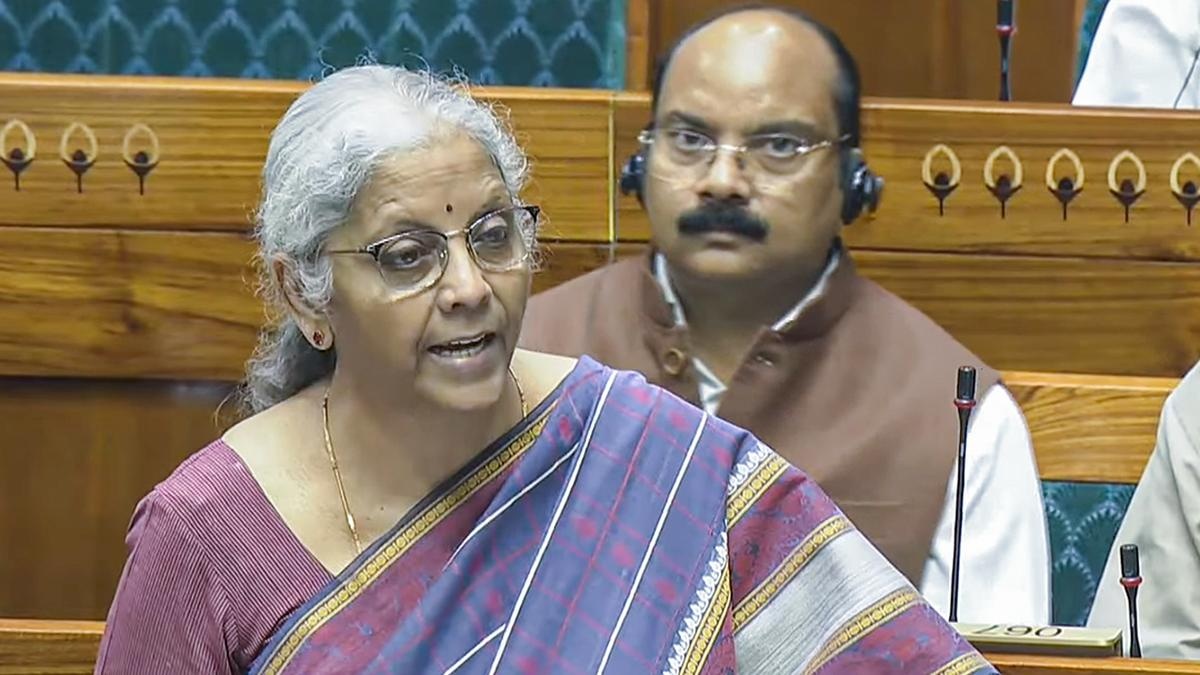
Government Discontinues Old Pension Scheme, Focuses on Fiscal Sustainability
The Indian government has formally decided against reinstating the Old Pension Scheme (OPS) for central government employees covered under the National Pension System (NPS), as revealed in a parliamentary response on August 11, 2025. Finance Minister Nirmala Sitharaman emphasized that the shift away from OPS was driven by its unsustainable fiscal implications for the exchequer. The decision reflects a broader strategy to modernize pension frameworks while ensuring long-term financial stability. The OPS, which previously provided guaranteed retirement benefits, was phased out in favor of the NPS, a defined contribution model introduced in 2004 for employees joining government service after that date. This transition aimed to align pension systems with contemporary economic realities and reduce the burden on public finances.
Unified Pension Scheme Offers Defined Benefits with Fiscal Balance
To address concerns about pension adequacy while maintaining fiscal responsibility, the government introduced the Unified Pension Scheme (UPS) as an optional add-on under the NPS. This scheme is designed to provide assured retirement payouts while balancing the financial sustainability of the pension fund. Key features include a guaranteed 50% payout of the employee’s twelve-month average basic pay upon retirement after 25 years of service, with proportionate payouts for shorter service periods. The UPS also allows employees to opt for benefits under the CCS (Pension) Rules, 2021, or the CCS (Extraordinary Pension) Rules, 2023, in cases of premature death or disablement. These provisions aim to offer flexibility while ensuring the government’s fiscal health remains intact.
Household Financial Health Improves Amid Rising Assets and Savings
Parallel to pension reforms, the government highlighted improvements in household financial stability. According to data from the Reserve Bank of India (RBI), household financial liabilities increased by 5.5 percentage points between March 2020 and March 2024, while assets grew by 20.7 percentage points during the same period. This has led to a net improvement in household financial positions as of 2023-24. The government also noted a moderate increase in retail loan penetration, rising from 30.94% to 31.48% of gross loans, though growth rates have slowed. Despite this, asset quality in the retail loan segment remains stable, with a Gross Non-Performing Assets ratio of 1.18% as of March 2025. These developments underscore a broader trend of financial resilience among Indian households.
Banking Sector Stability Reinforced by Rising Savings and Low Unsecured Loans
The financial landscape for Indian banks has shown signs of stability, with the government citing improved net household savings. According to the National Statistics Office (NSO), net household savings surged from ₹13.3 lakh crore in 2022-23 to ₹15.5 lakh crore in 2023-24. This growth is expected to mitigate systemic risks to the banking sector. Additionally, the share of unsecured retail loans remains relatively low at 25% of total retail loans and 8.3% of aggregate gross advances. These factors contribute to a cautious yet optimistic outlook for the financial sector, with the government emphasizing its readiness to manage potential challenges through prudent policy measures.
Reforms Signal Shift Toward Sustainable Pension and Financial Frameworks
The combined focus on pension restructuring and financial stability highlights the Indian government’s commitment to balancing employee welfare with fiscal discipline. By abandoning the OPS and introducing the UPS, policymakers aim to create a sustainable model that aligns with modern economic principles. Simultaneously, the emphasis on improving household financial health and bank sector resilience underscores a multi-pronged approach to economic management. These reforms are expected to set a precedent for future policy decisions, ensuring long-term stability for both public finances and individual economic security.



